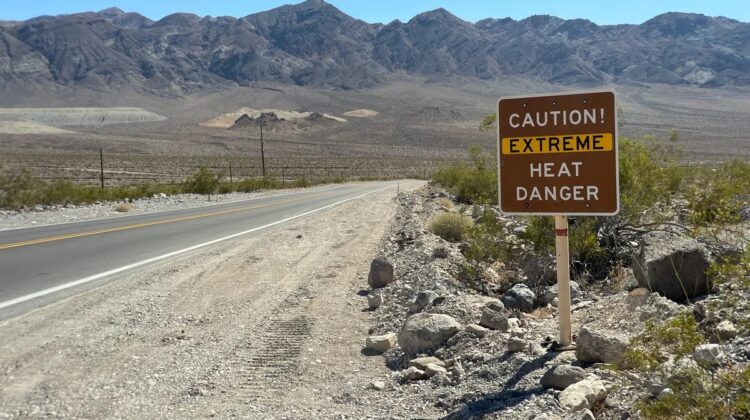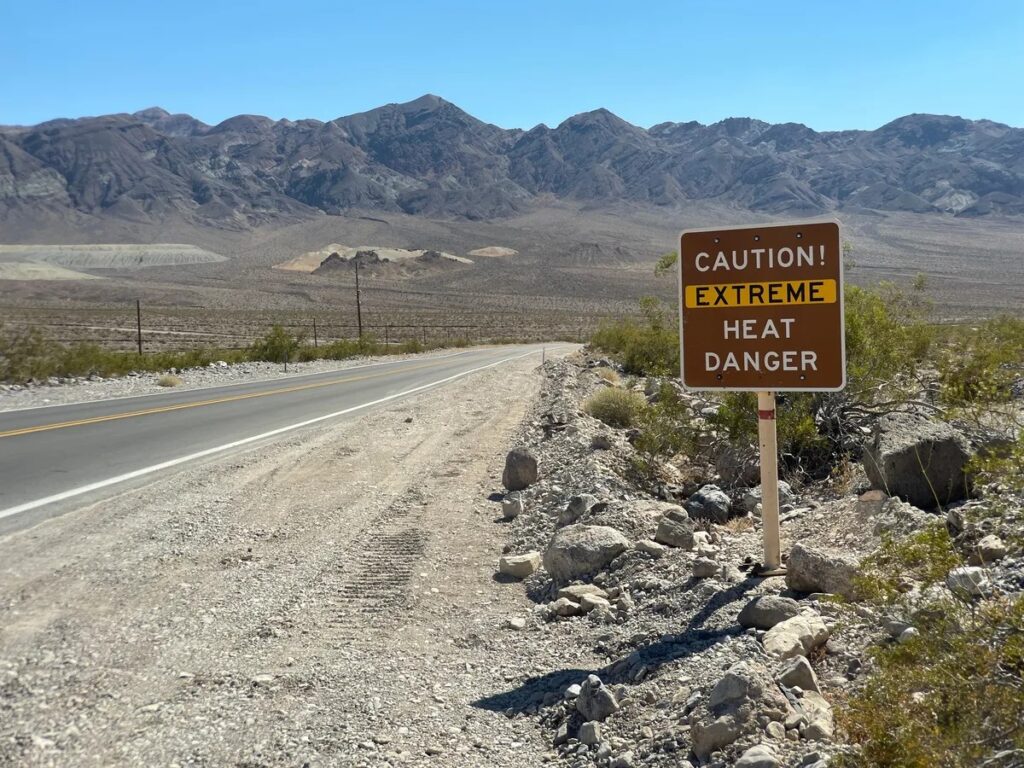
Death Valley National Park, the hottest place on the planet, has just experienced its warmest month ever recorded. In July, the average 24-hour temperature soared to a blistering 42.5°C (108.5°F), surpassing the previous record of 42.3°C (108.1°F) set in 2018, according to the National Park Service (NPS).
The record-breaking month also featured an average high temperature of 49.9°C (121.9°F), with temperatures reaching 51.7°C (125°F) or higher on nine days. Only seven days failed to hit at least 48.8°C (120°F). The peak temperature was recorded on July 7, when Furnace Creek hit an astounding 54°C (129.2°F). Even the average low temperature for the month was a sweltering 35.1°C (95.2°F), offering little respite from the relentless heat.

“We just experienced the hottest month in history in the hottest place on Earth!” said park superintendent Mike Reynolds. “Six of the 10 hottest summers have occurred in the past decade, which should serve as a wake-up call.” Reynolds emphasized that such record-breaking months could become the norm as global temperatures continue to rise. He urged visitors to the park to plan ahead and prepare for extreme summer temperatures.
Death Valley is no stranger to extreme heat, with Furnace Creek holding the official record for the world’s highest temperature of 56.7°C (134°F) set in 1913. The latest announcement follows the recent revelation that July 22 was the hottest day ever recorded on Earth, with a global surface air temperature of 17.15°C (62.87°F).

In light of the increasing frequency of extreme temperatures, the NPS advises travelers to Death Valley to take necessary precautions. Rangers reported several life-threatening heat-related incidents in July and recommend staying within a 10-minute walk of an air-conditioned vehicle, drinking plenty of water, consuming salty snacks, and wearing hats and sunscreen.
“High heat like this can pose real threats to your health,” Reynolds cautioned. “While it’s exciting to experience potential world record-setting temperatures, we encourage visitors to choose their activities carefully and avoid extended periods outside of air-conditioned environments during such extreme heat.”

Leave a Reply